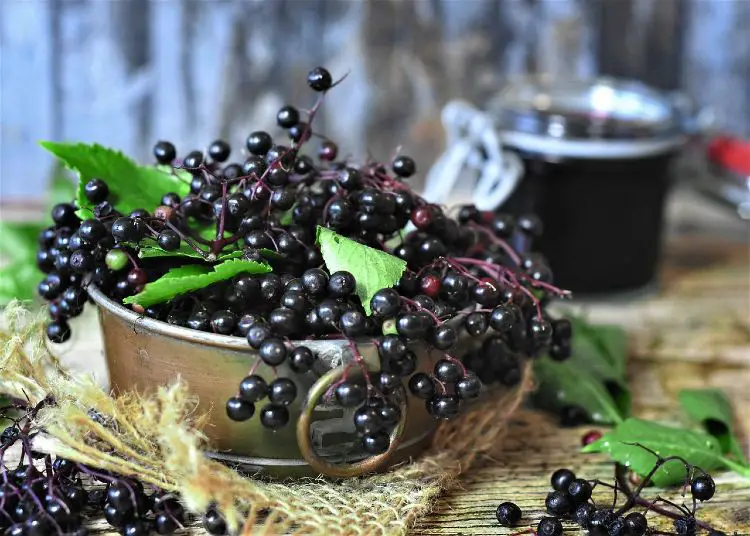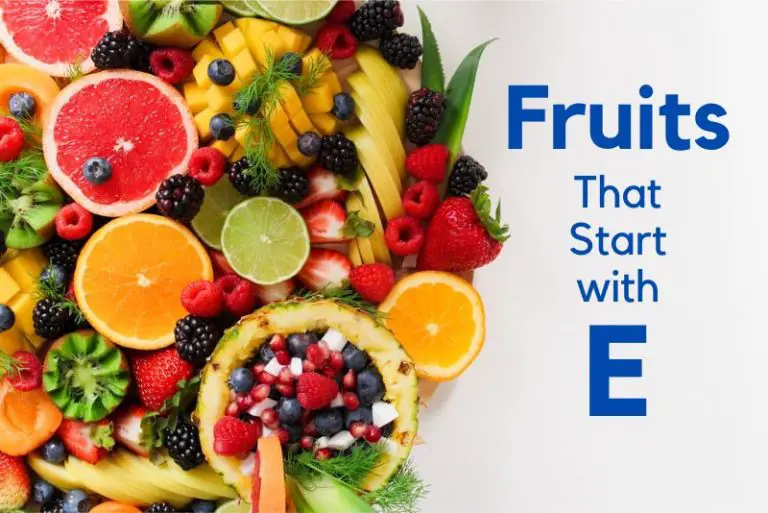Matcha Chocolat
After six years of working in biological research, Katie Chistoffers now owns and runs Matcha Chocolat, a boutique chocolate company, from her home in Wallingford, Oxfordshire. She established the company in 2010, and now sells to customers and wholesalers directly from her online shop. I recently went to visit her and to begin my tour she told me about the couverture, the base chocolate that is used for the outside shell of the chocolates and for the ganache filling. A wide range of chocolate couvertures is used, from some of the finest producers including Valrhona, Michel Cluizel and Felchlin.
Katie sources chocolate from all the following countries: Bolivia, (a 68% chocolate harvested from wild cacao trees deep in the Amazonian rainforests); Caribbean Islands(a 66% dark chocolate made exclusively from the Trinitario); Madagascar (a 64% dark chocolate made with a mixture of Trinitario and Criollo beans); Dominican Republic(a 64% dark chocolate created from Trinitario cocoa); Peru(a 64% dark chocolate with a slightly bitter cocoa taste created from Criollo and Trinitario Beans); Papua New Guinea (a 47% milk chocolate made with Trinitario cocoa beans from the Maralumi plantation in Papua New Guinea)and Venezuela (a 43% milk chocolate with a strong cocoa taste and an accent of nuts, vanilla and caramel).
I asked Katie how she created all the different fillings: what was the inspiration behind her different choices? She started in the beginning with pairing fine teas from Japan, China and India with chocolate but her range now encompasses other fragrant botanicals including spices, herbs, fruits and flowers.
She shyly opened up an intricate spread sheet that she uses as a base for innovating. It details the flavours within the couvertures and then there are rows of spices, herbs, teas, flowers and other such botanicals for her to mix and match with. This results in flavours such as Matcha Tea and Pistachio, Japanese Whisky and Chestnut Puree, Masai Chai Caramel, Lemon Thyme and Honey and Cardamom and Banana. Some flavours are quite simply inspired by her hometown of Connecticut such as the Walnut, Rosemary and Raisin which came from a Sourdough Bread recipe.
She showed me her method step by step process. Firstly she made the ganache filling using an equal proportion of whipping and double cream. She heated this with chopped rosemary and then allowed it to steep to let the flavour infuse. She pounded the rosemary further in a pestle and mortar to extract aromatic oils and then added walnut oil to the cream which would add to the intensity and depth of flavour of the caramelised chopped walnuts. This was mixed with melted chocolate, butter and raisins then left in a cling film lined container at room temperature to set. I could not really believe that the tiny plastic container I saw before me would yield a box of professional chocolates. Its appearance was beguiling.
We talked in depth about tempering because it is the most difficult technique for the amateur chocolatier to master. She gave a very in depth and scientific explanation drawing on her biologist training.
“Cocoa butter is the reason why chocolate needs to be tempered. Cocoa butter is a polymorphic vegetable fat, with the ability to form six different varieties of crystalline structures. Only one form of cocoa butter crystal, the Form V or beta structure, will result in chocolate possessing the desired properties for making chocolate. Tempered chocolate has gloss, snap, is solid at room temperature, and has a smooth feel on the mouth and palate.
Whilst un-tempered chocolate lacks sheen, is blotchy in appearance, does not dry easily at room temp, and has an unpleasant grainy texture- to name but a few of the unpleasant characteristics. When we temper or pre-crystallise chocolate we provide the right circumstance to induce an initial, but adequate amount of Form V cocoa butter crystals to appear so that upon solidification the remaining coco butter crystals within the chocolate will be encouraged to also adopt the desired form.”
Katie decided not to temper by hand that day and I got the first glimpse of a small, home cottage business starting to grow. She took me through the details of her industrial and expensive tempering machine. It was still small by factory standards but indicates the long term financial investment she is making into her future as an artisan chocolatier. This was an expensive outlay for her but it did the job beautifully with minimal wastage – another challenge to the small business owner.
She cut the chocolate ganache we had made earlier and cut it into sixteen pieces. She then dipped it into the tempered chocolate and left the perfect, square blocks to cool. By the time she had cleaned and tidied up her work table they were set enough to package.
The simplicity of it all came as a surprise, but, as all great artisans tend to do, she made it look easy. Matcha Chocolat has picked up a grand total of eight gold category awards from The Great Taste Awards as well as a silver category award from the Academy of Chocolate.
Further Information
Katie Christoffer’s Matcha Chocolat website: www.matchachocolat.com
Follow Katie on Twitter: @Matcha_Chocolat
Urvashi Roe’s food blog: www.thebotanicalbaker.wordpress.com
Follow Urvashi on Twitter: @Botanical Baker


